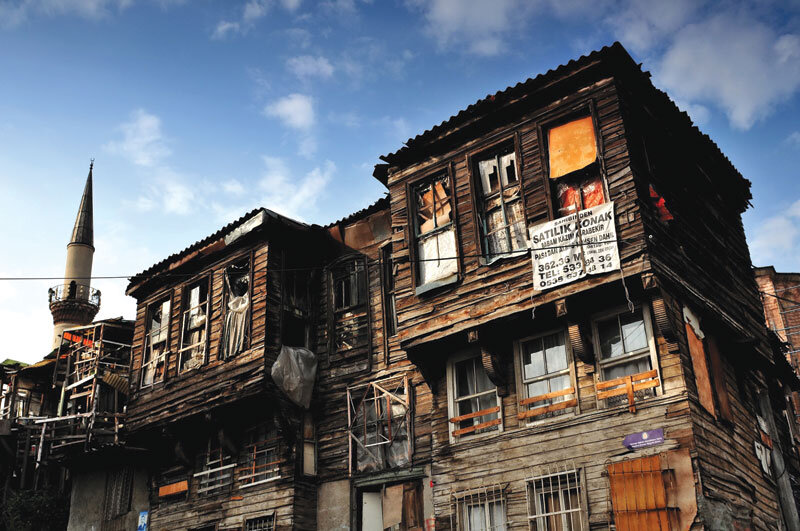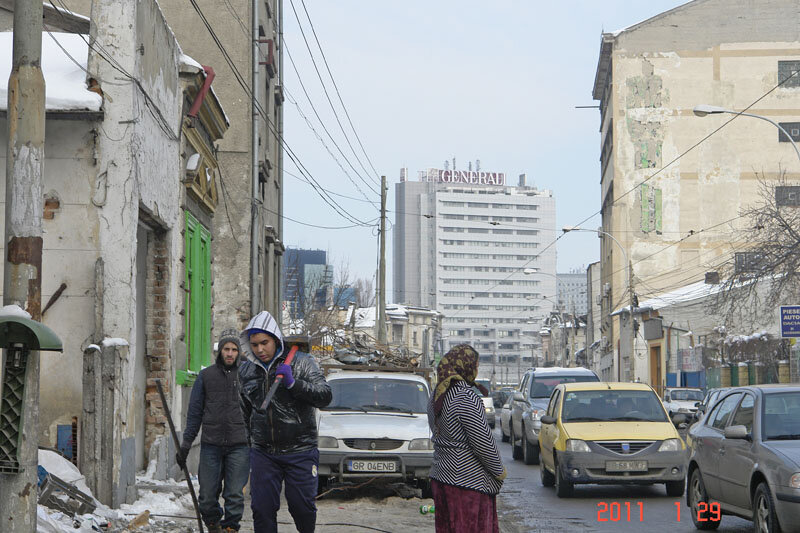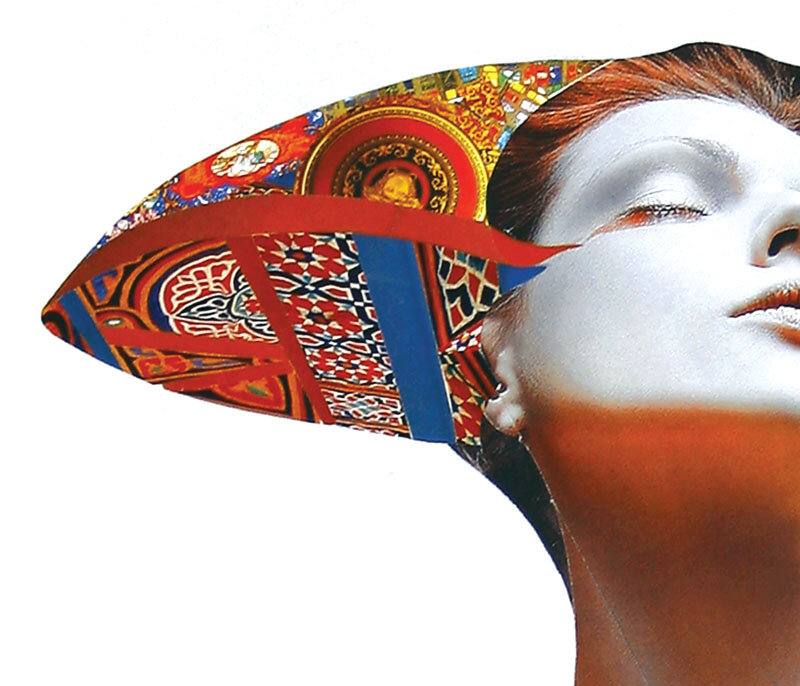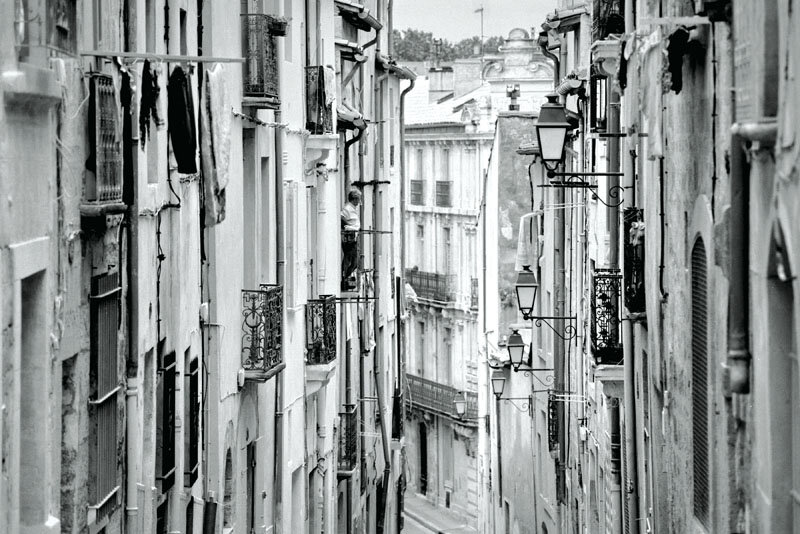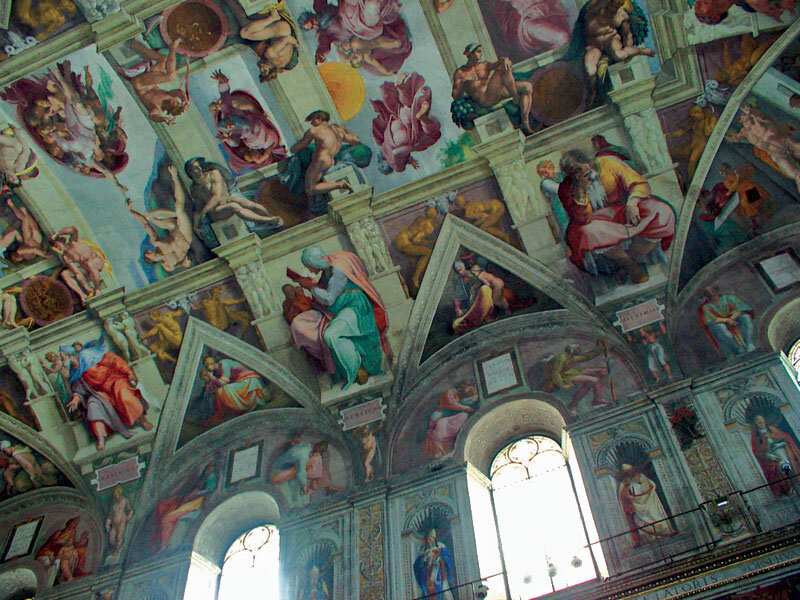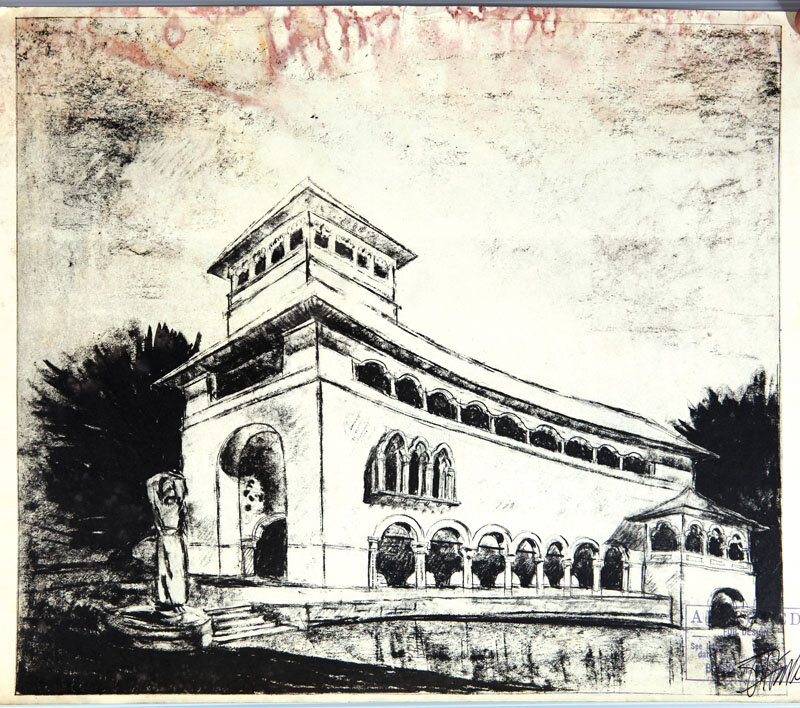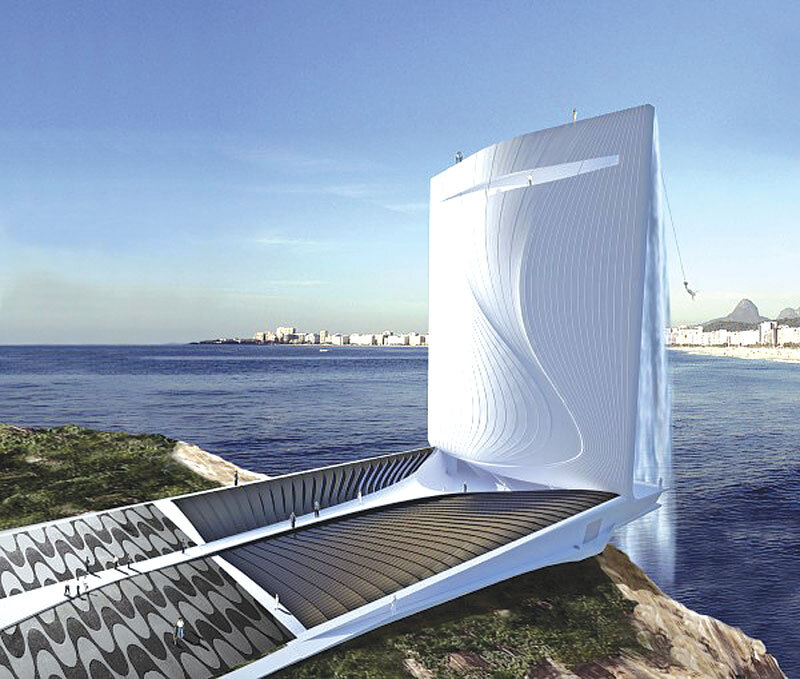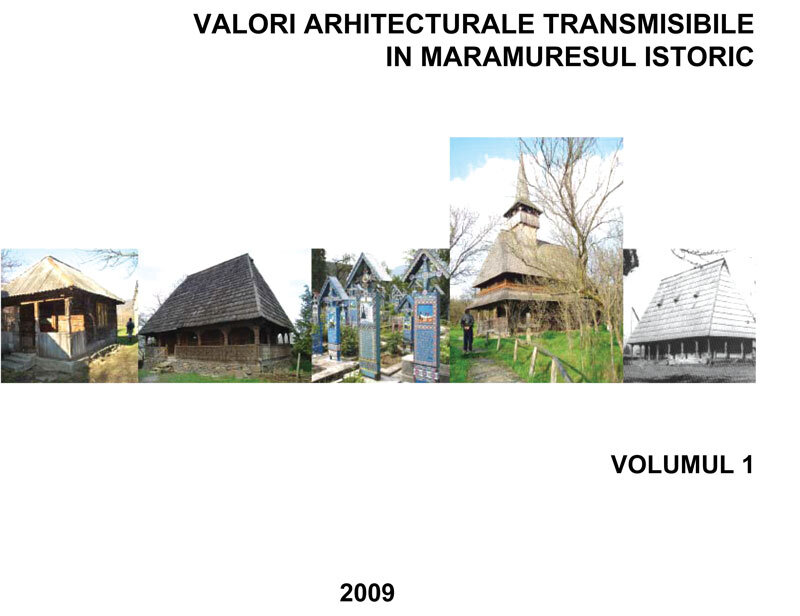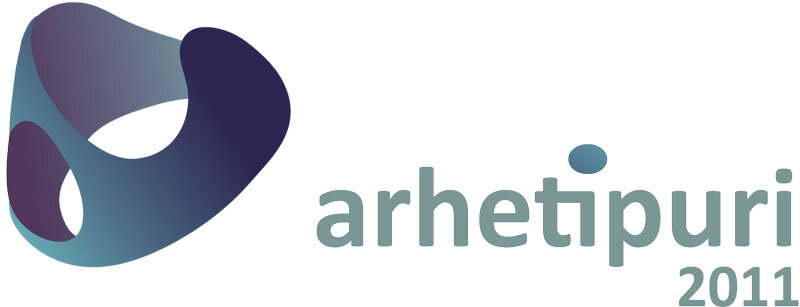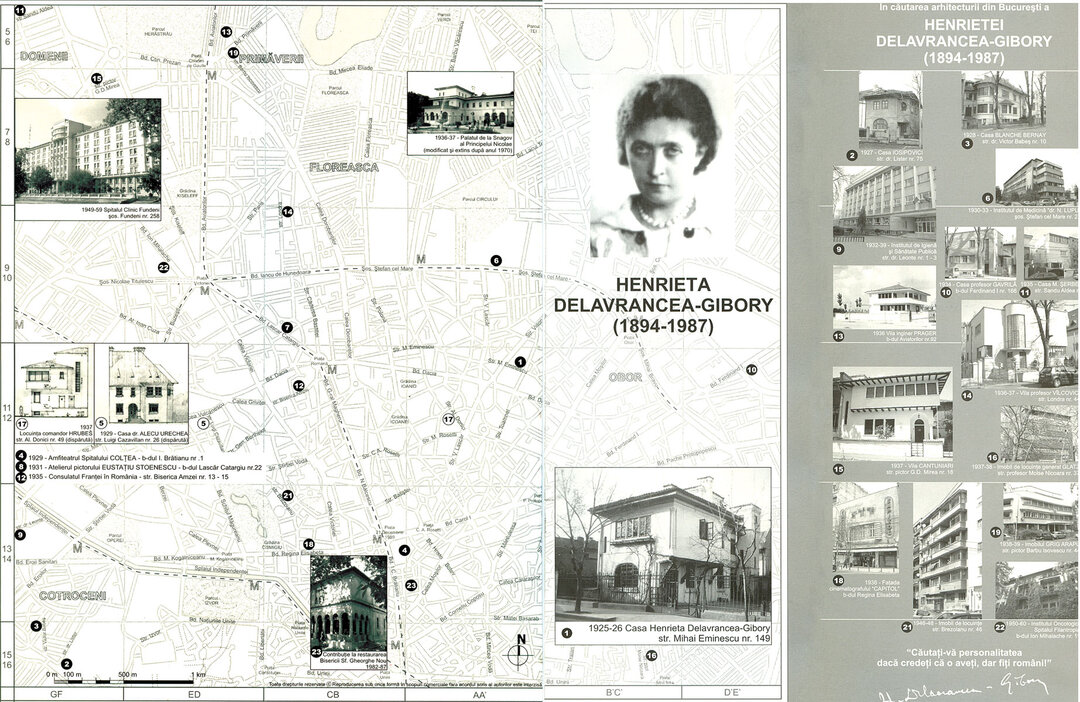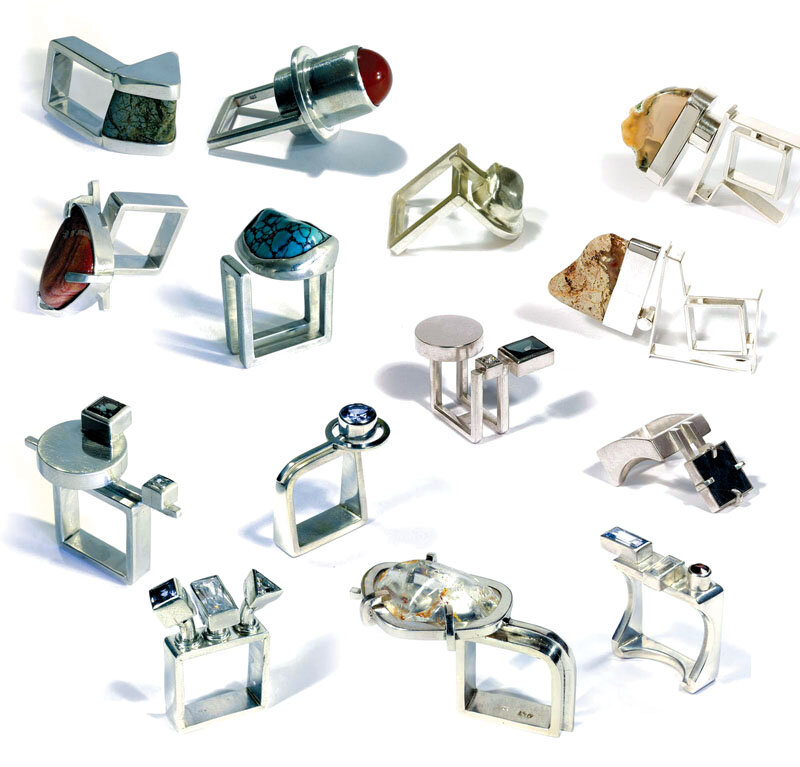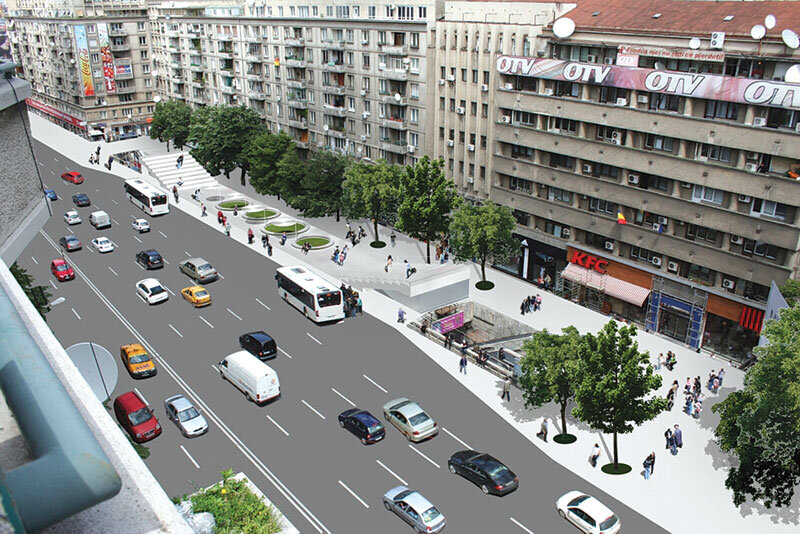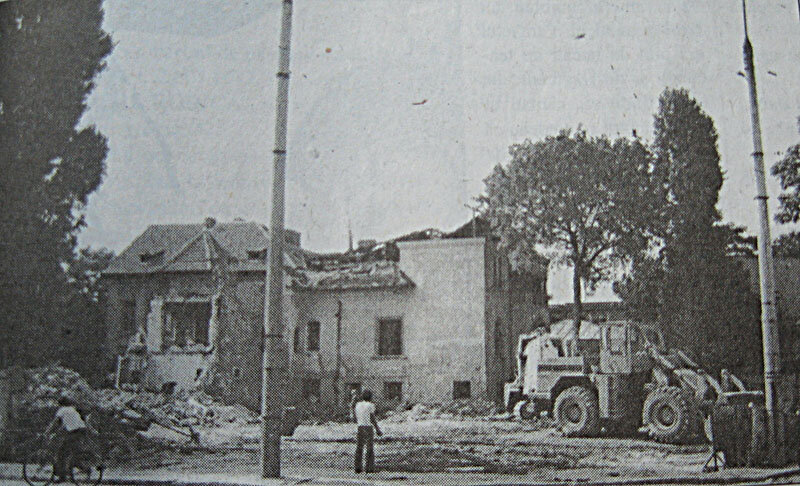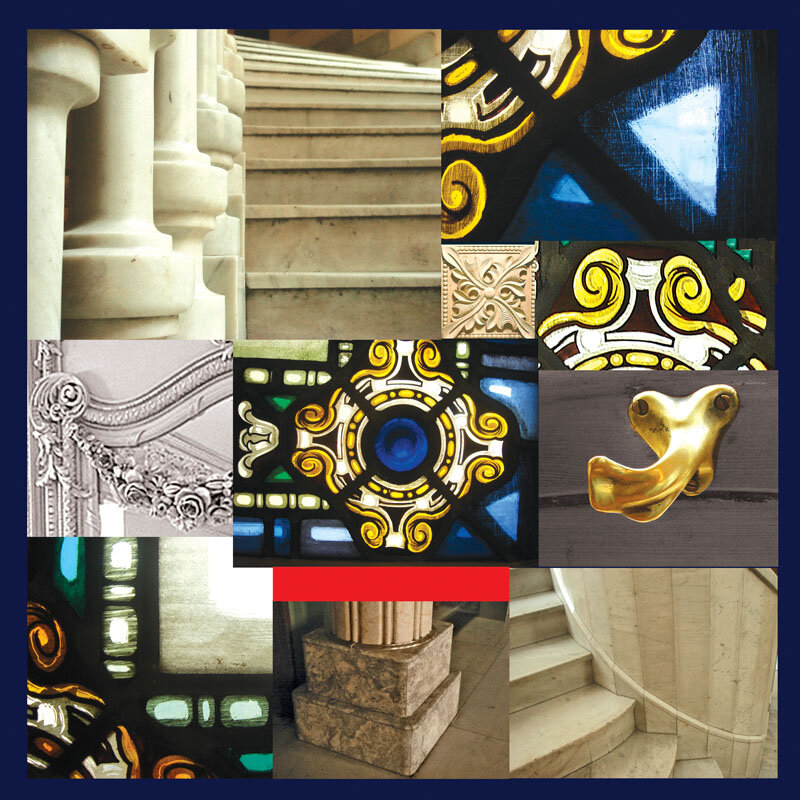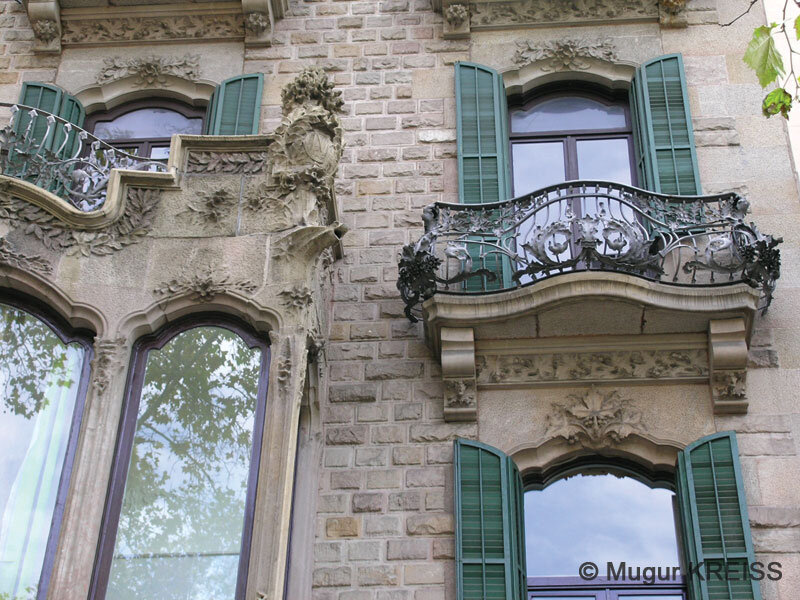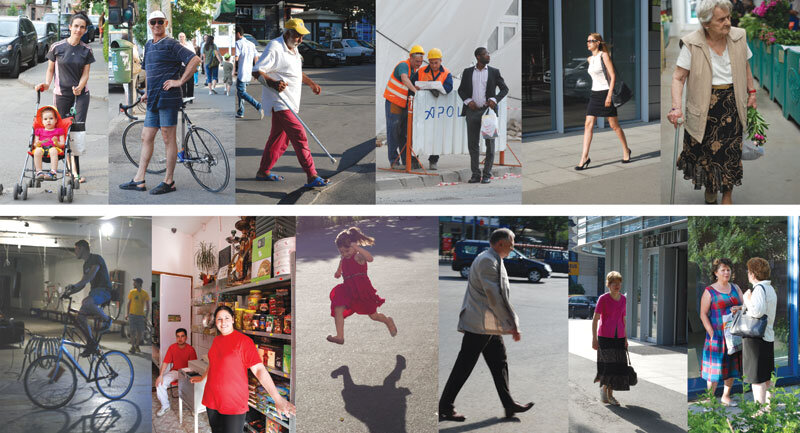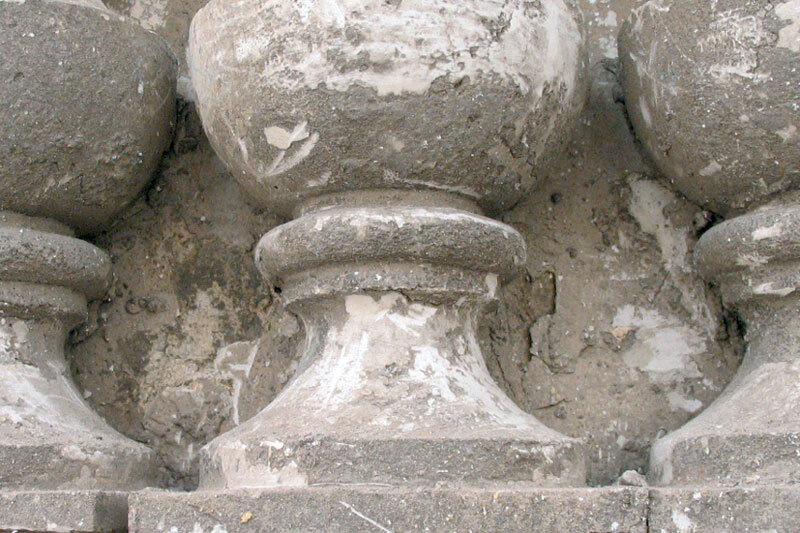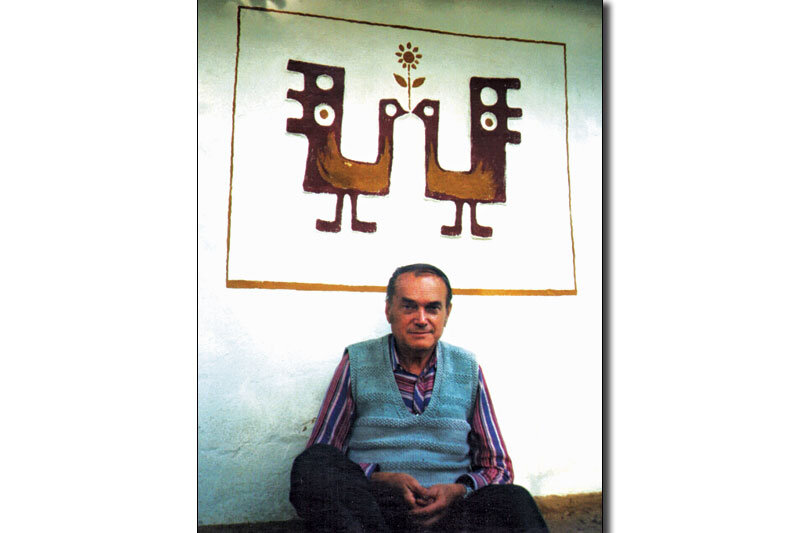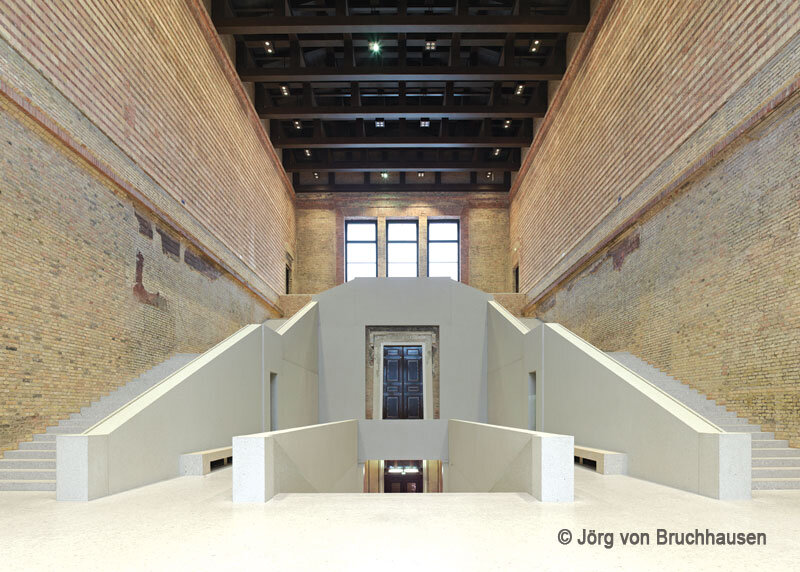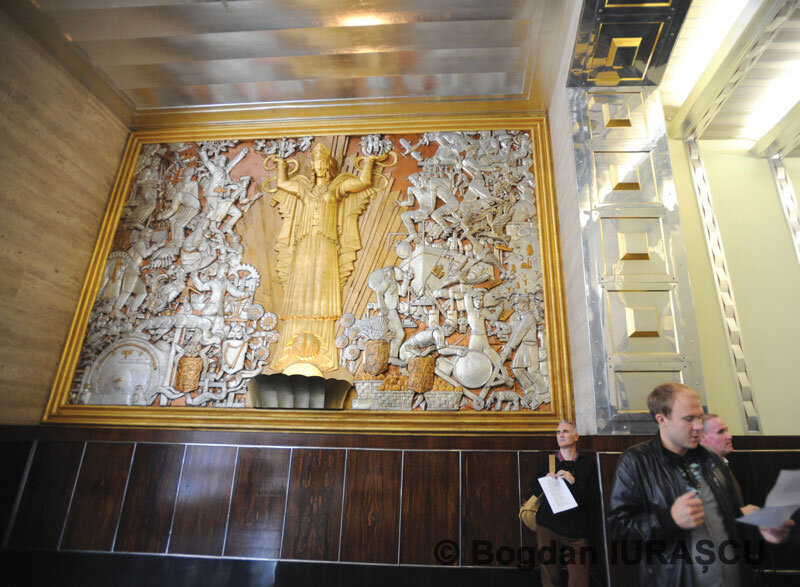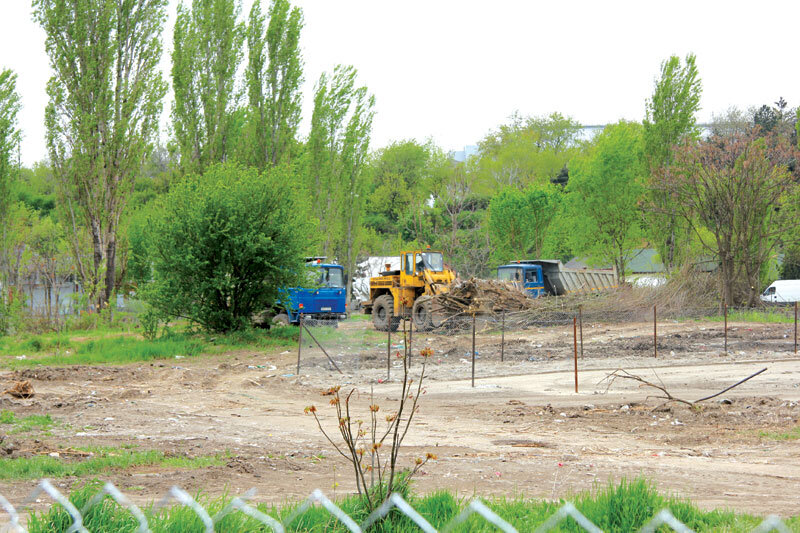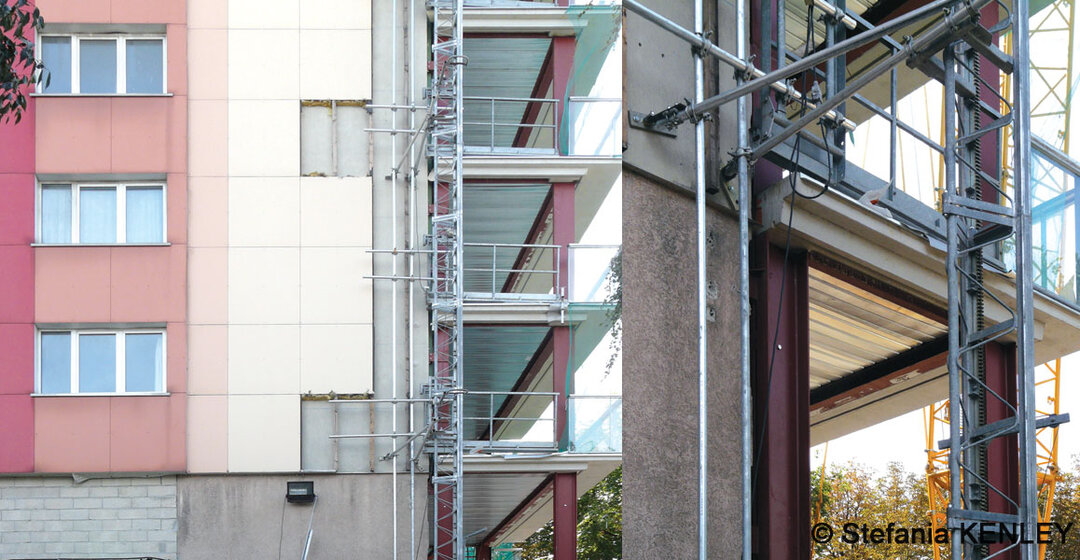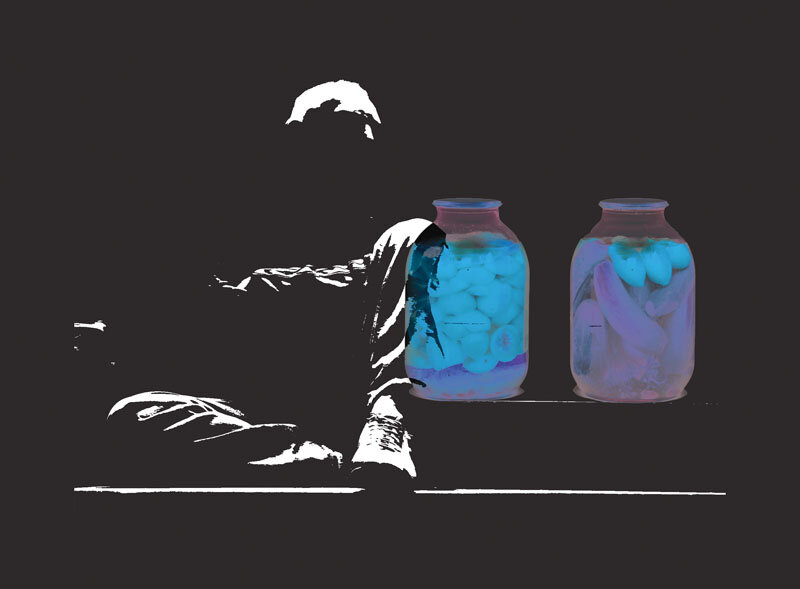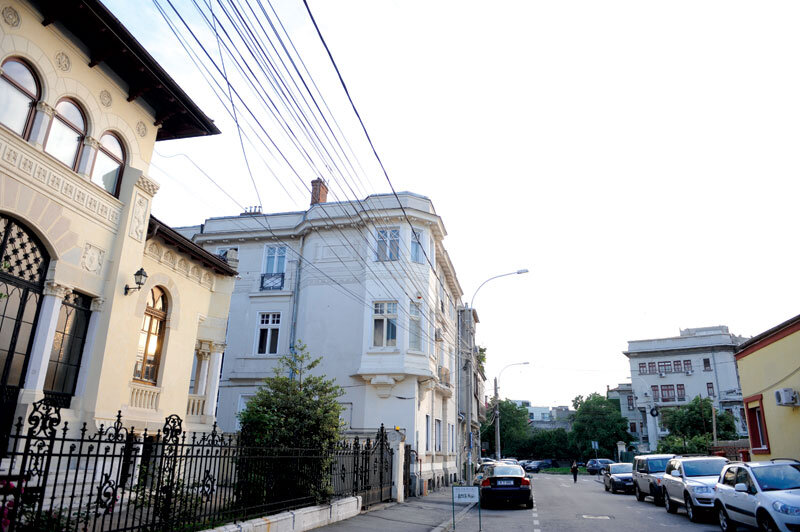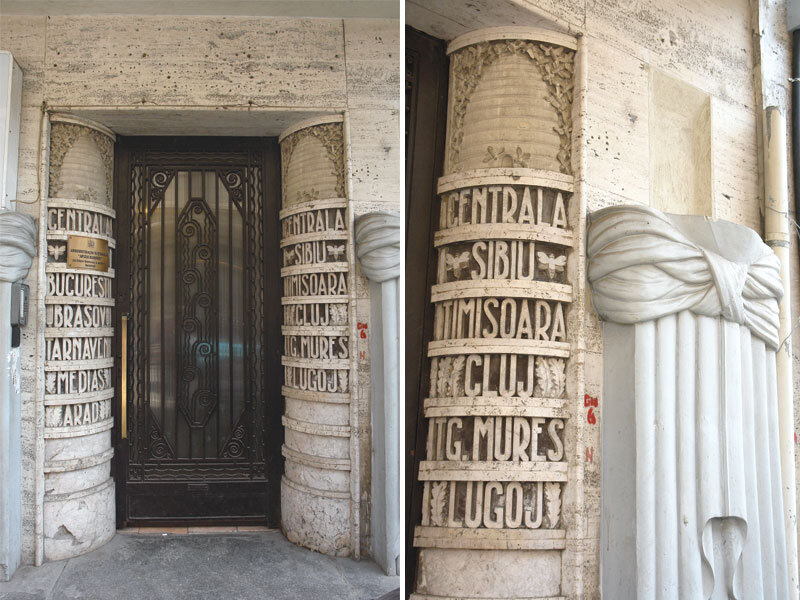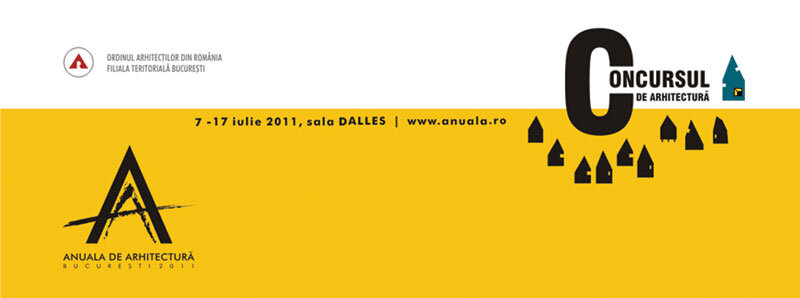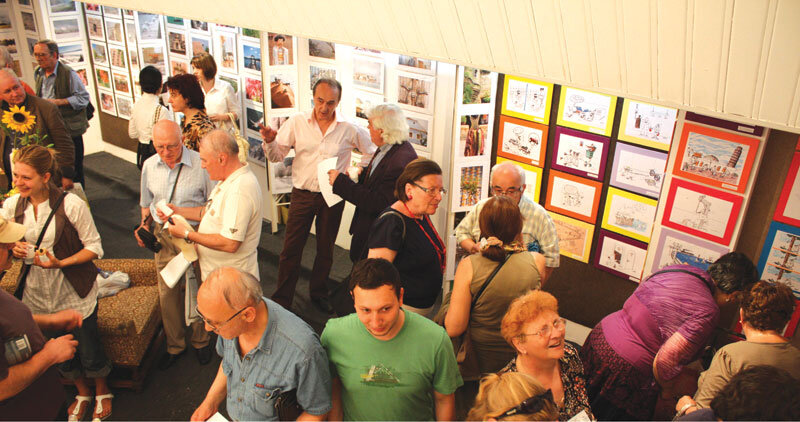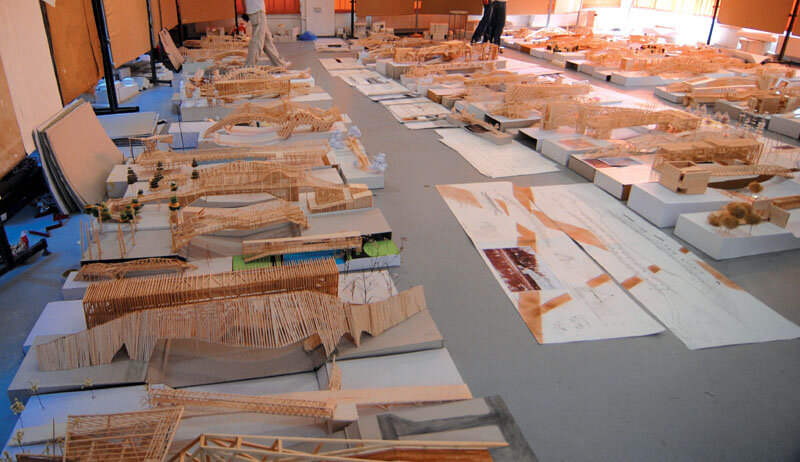
Alternative Bucharest - young voices in urban planning
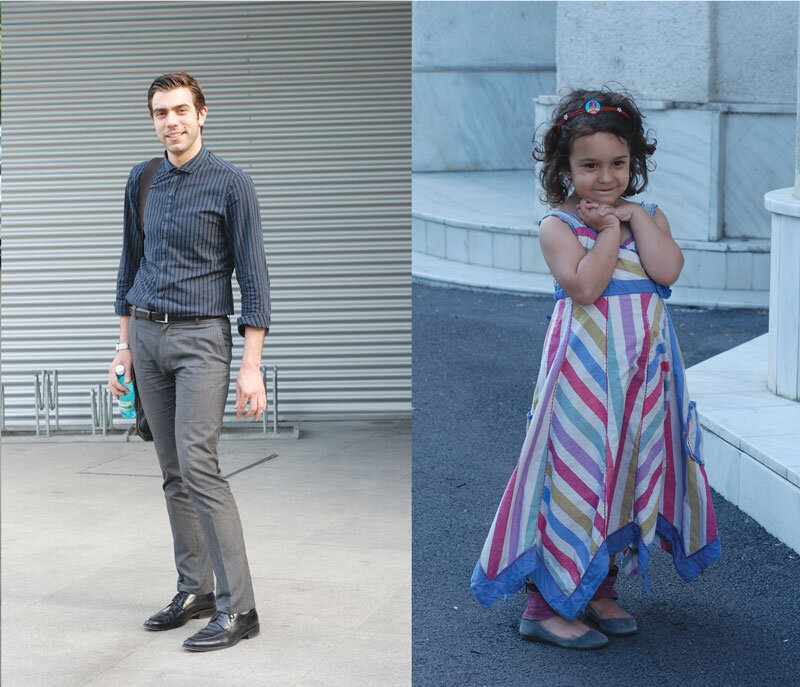

Cities have the capacity to offer something for everyone because, and only when, they are created by each of us.
(Jane Jacobs)
WHAT IS ALTERNATIVE BUCURESTI
Alternative Bucharest is an initiative of several organizations from the Platform for Bucharest, which brought together young specialists from multiple fields from architecture to anthropology and beyond, to think about a different Bucharest. What is different? Different Bucharest is a Bucharest for people: for the poor, and for the well-off, and for young professionals eager for a successful career, and for families with children, and for slower elderly, and for people who can only walk in a wheelchair, and for drivers, and for pedestrians, and for ordinary residents, and for big developers. The reason why we have come together is that, in our opinion, things have taken a not particularly happy turn in recent years, and Bucharest has increasingly come to cater only to the interests of a minority of its citizens. Because each of us has the right and the duty to create the city in which we live, we believe it is time to take a stand and make our voices heard.
OUR FIRST THEME
The first edition of the workshop started from a reaction of the initiators to the North-South Diametral project, one of the biggest infrastructure works after 1990, resulting in the biggest demolitions after 1990, but with a rather questionable potential to succeed in what it aims to do - decongesting the central area of Bucharest by widening the streets Buzești - Berzei - Vasile Pârvan.
The workshop evolved organically, with ups and downs, many twists and turns and changes of direction. However, two important elements crystallized from the discussions: on the one hand, some principles that would lead to a harmonious development of our study area; on the other hand, a series of projects that exemplified the principles more concretely. In this intervention, I will focus on the principles that animated the workshop's proposals, and will present the projects in a future article. We start with transportation. Countless international examples from Los Angeles to Boston to London, Lyon or Copenhagen show that widening streets does not make traffic flow better. On the contrary, this has failed so many times that it has become an absolute truth that more streets = more traffic. So the solution lies elsewhere. It's in a metropolitan transportation policy that guides traffic so that it bypasses built-up areas through traffic rings, while investing in diversifying the transportation offer within the city, through the best quality public transit, encouraging cycling and walking.
Based on this theory, the Atelierieristas envisioned the new Diametrale as an inner-city street and rejected the idea that its sole purpose was to solve the problem of car traffic in the central area of Bucharest. On the contrary, to function as an efficient urban street, the Diametrala must accommodate several types of traffic: pedestrian, bicycle, tram, and car. The importance of these traffic types is illustrated in the figure below.
However, we cannot stop at transportation, because Buzești-Berzei is more than a street. It is an area with diverse functions. It's an area with a clear identity represented by the Hala Matache and with a specific traditional trade that contributes to the health of Bucharest's citizens and can attract tourists. It is an area with a diverse population, with diverse needs and aspirations. It is an area with a complex social fabric, which has evolved over many decades and which risks being destroyed if it is not taken into account when developing the area. Last, but not least, it is an area with a valuable built heritage, which deserves to be used in the development of Bucharest.
The concepts derived from these observations - identity, diverse social fabric, functionality, valuable heritage - formed the basis of all the project proposals developed in the workshop. Each proposal tried to answer questions such as: what will be the effect of my proposal on the identity of the area, or on the existing urban fabric, or on the functions already existing in the area. Each proposal sought to capitalize on the resources of the area to achieve urban regeneration.
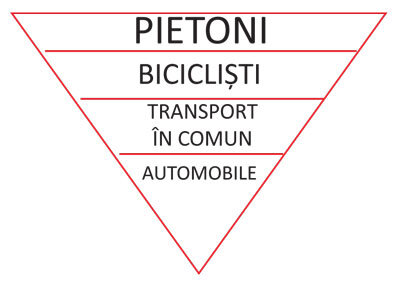
IN CONCLUSION
What can we learn from the workshop experience? That urban development can never be piecemeal. Today we deal with streets, tomorrow we deal with housing, in the meantime we put a few more dandelions on a street corner and call it a park, or paint the sidewalks and call them bicycle lanes. The development of an area or a city depends on all the aspects that make it up, and altering one of the constituent elements has major effects on the other elements. In Bucharest, urban planning can no longer be limited to the drawing of streets and the definition of height limits. What is needed is complex thinking and people who are not afraid to ask questions and to involve as many people as possible in creating the environment in which we live.
This is the message of the first interdisciplinary workshop Alternative Bucharest.

